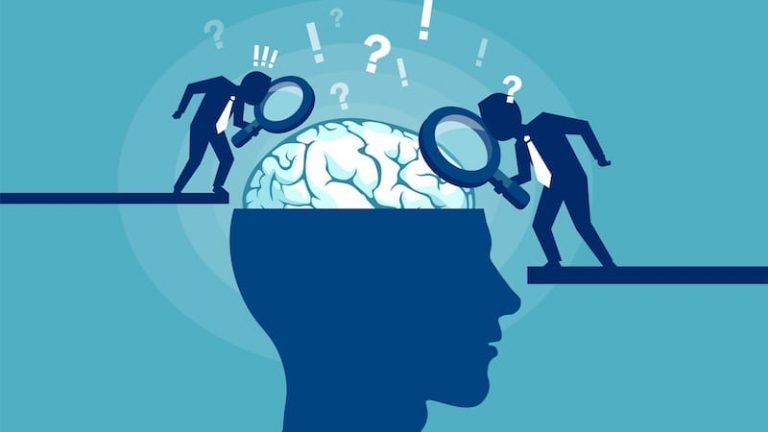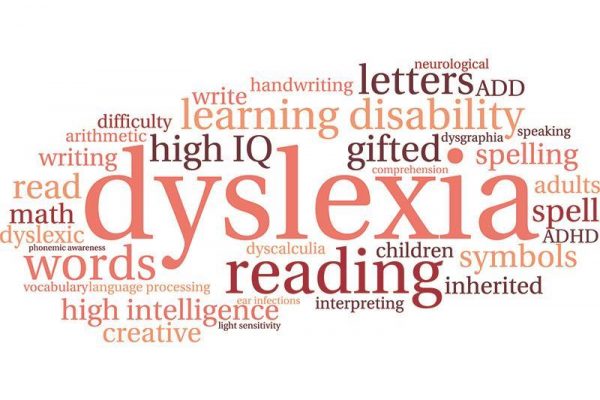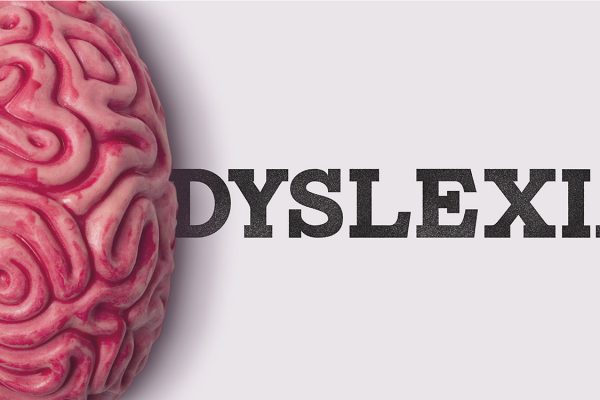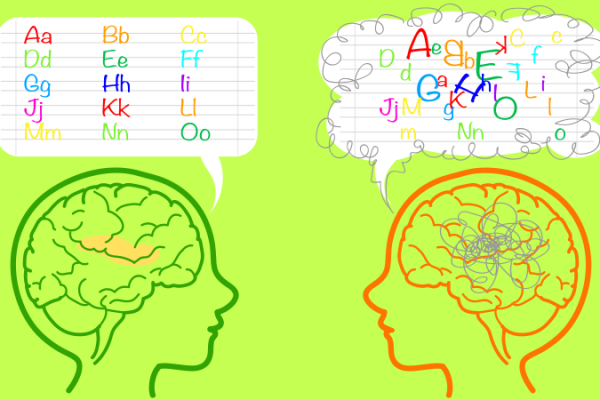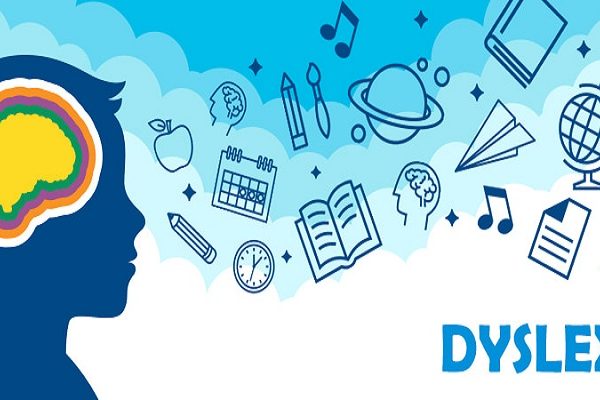Everyone would forget something or the other in our everyday life. However, these short episodes of forgetfulness are normal and have got nothing to do with serious issues. But, dyslexics find it difficult to remember things in the short term as their working memory is limited. They would be too distracted to store anything in their memory. On the bright side, there are many memory improvement techniques to sort out this issue. In this blog post, we will show how to improve dyslexic working memory problems through simple techniques.
1 – Implementing Mnemonics
If something is too hard to remember, mnemonics is a powerful tool. It involves rearranging the information in a specific way for effortless storage in long-term memory. For instance, instead of remembering the order of the planets, a single sentence would do the trick. Take the first letter of each planet in order and form a sentence such as “My Very Excited Mother Just Served Us Nine Pies.”
It is one of the effective memory techniques that a kids brain trainer uses to help dyslexic kids improve their working memory.
2 – Chunking
Dyslexic kids would not follow a long string of information. Therefore, chunking would drastically improve their short-term retention abilities. Large pieces of information are broken down into meaningful groups. So, what seemed like irrelevant concepts at first would start developing connections during this exercise. These connections will help a dyslexic child easily remember the information in its totality.
3 – Spaced repetition
Spaced repetition is one most effective concentration exercises for students. Our brain becomes more efficient in remembering things when the learning takes place in intervals. This technique is one of the So, just when a fact is about to disappear, feed the information once again. This process will strengthen the working memory of dyslexic kids.
4 – Mindful writing
There is a big difference between writing and ‘mindful’ writing. Paying conscious attention to what a person writes will help in easy retrieval. Making the children write things they want to remember will prove beneficial in the long term. When the complete focus is on a piece of information, the brain will know it is essential. Otherwise, the brain would not even process the fact.
5 – Acronyms
Acronyms are similar to mnemonics, only slightly different. The major chunk of information is easily framed as a series of meaningful words. For example, ASAP is the shortened version of ‘As soon as possible.’ Therefore, breaking down the entire fact and arranging them in this way could improve the memory. The biggest advantage of this right brain training exercise is that a lot is conveyed without saying much. Hence, dyslexic kids would feel comfortable learning through this method.
6 – Storytelling
There is no need to put a lot of effort to memorize when a story is well-narrated. Stories make it easier to remember a chain of events and processes. A brain trainer would integrate essential facts into the narration and seamlessly feed the information to the kids.
At Sugsar’s English coaching centre in Chennai, we use such memory enhancement techniques during our classes to make learning better.
